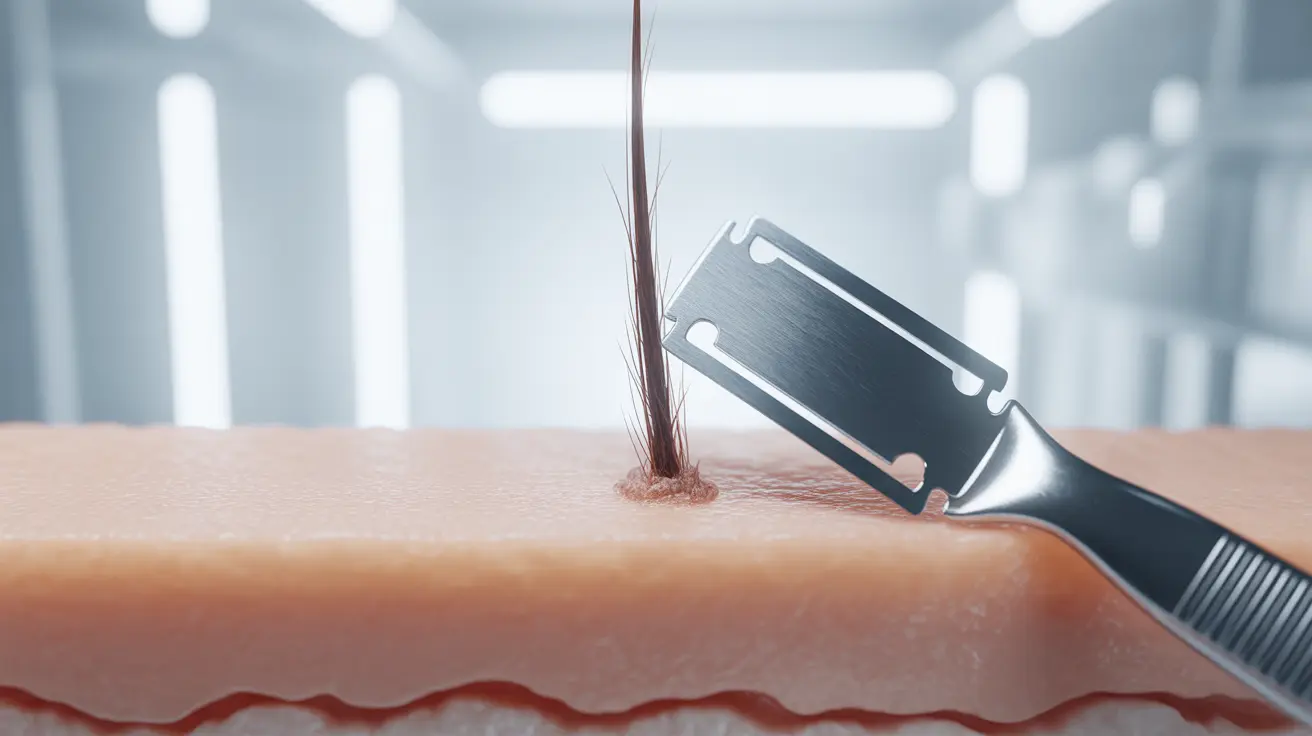Mild craniosynostosis is a developmental condition affecting infants where one or more of the skull's sutures (growth joints) fuse prematurely. This early fusion can affect the shape of a baby's head and, in some cases, impact normal brain development. Understanding the signs, diagnosis methods, and treatment options is crucial for parents and caregivers to ensure optimal outcomes for affected infants.
While craniosynostosis can vary in severity, mild cases may present with subtle changes in head shape without significant functional complications. Early recognition and appropriate medical evaluation are essential for determining the best course of action and preventing potential complications.
Signs and Symptoms of Mild Craniosynostosis
Recognizing the signs of mild craniosynostosis is crucial for early intervention. Common indicators include:
- A misshapen head that may be noticeable at birth or develop gradually
- An unusual hard ridge along the affected suture
- Asymmetrical facial features
- Changes in head shape that become more apparent as the baby grows
- Normal developmental milestones despite head shape differences
In mild cases, these physical changes might be subtle and may not immediately cause concern. However, professional evaluation is important for proper diagnosis and monitoring.
Diagnostic Process and Imaging
Accurate diagnosis of mild craniosynostosis involves a comprehensive evaluation process that typically includes:
- Physical examination of the head shape and sutures
- Detailed medical history
- Growth measurements and head circumference tracking
- Advanced imaging studies
Healthcare providers often use specific imaging techniques to confirm the diagnosis:
- CT scans to visualize suture fusion and skull structure
- X-rays to assess bone patterns and growth
- 3D imaging for detailed surgical planning if needed
Treatment Approaches for Mild Cases
Treatment decisions for mild craniosynostosis depend on various factors, including:
- The specific suture affected
- The child's age at diagnosis
- The extent of skull deformity
- Presence or absence of functional concerns
Conservative Management
In some mild cases, conservative management may be appropriate, including:
- Regular monitoring of head growth and development
- Developmental assessments
- Close observation for any changes in symptoms
Surgical Options
When surgery is recommended, two main approaches are available:
- Minimally invasive endoscopic surgery (typically for younger infants)
- Traditional open surgical reconstruction
The choice between surgical approaches depends on the child's age, specific condition, and surgeon expertise.
Helmet Therapy and Post-Treatment Care
Helmet therapy may play a role in treatment, particularly:
- After endoscopic surgery to guide skull growth
- As a complementary treatment in mild cases
- During the critical growth period in infancy
The duration of helmet therapy typically ranges from several months to a year, with regular adjustments as the child grows.
Frequently Asked Questions
What are the common signs and symptoms of mild craniosynostosis in infants? Common signs include an abnormal head shape, hard ridges along skull sutures, and possible facial asymmetry. In mild cases, these changes may be subtle but still noticeable during regular growth monitoring.
How is mild craniosynostosis diagnosed and what imaging tests are used? Diagnosis involves physical examination, medical history review, and imaging studies. CT scans and 3D imaging are commonly used to confirm the diagnosis and assess the extent of suture fusion.
What are the treatment options for mild craniosynostosis without significant symptoms? Treatment options may include careful monitoring, helmet therapy, or surgery, depending on the severity and specific circumstances. Some mild cases may be managed conservatively with regular monitoring.
When is surgery necessary for craniosynostosis, and how does minimally invasive surgery compare to open surgery? Surgery is typically recommended when there are concerns about brain development or significant skull deformity. Minimally invasive surgery is often preferred for younger infants (under 6 months), while open surgery may be necessary for older children or more complex cases.
Can helmet therapy help reshape the head in mild craniosynostosis, and how long is it typically used? Helmet therapy can be effective, particularly after endoscopic surgery or in mild cases. Treatment typically lasts 3-12 months, with regular adjustments to accommodate growth and achieve optimal results.




